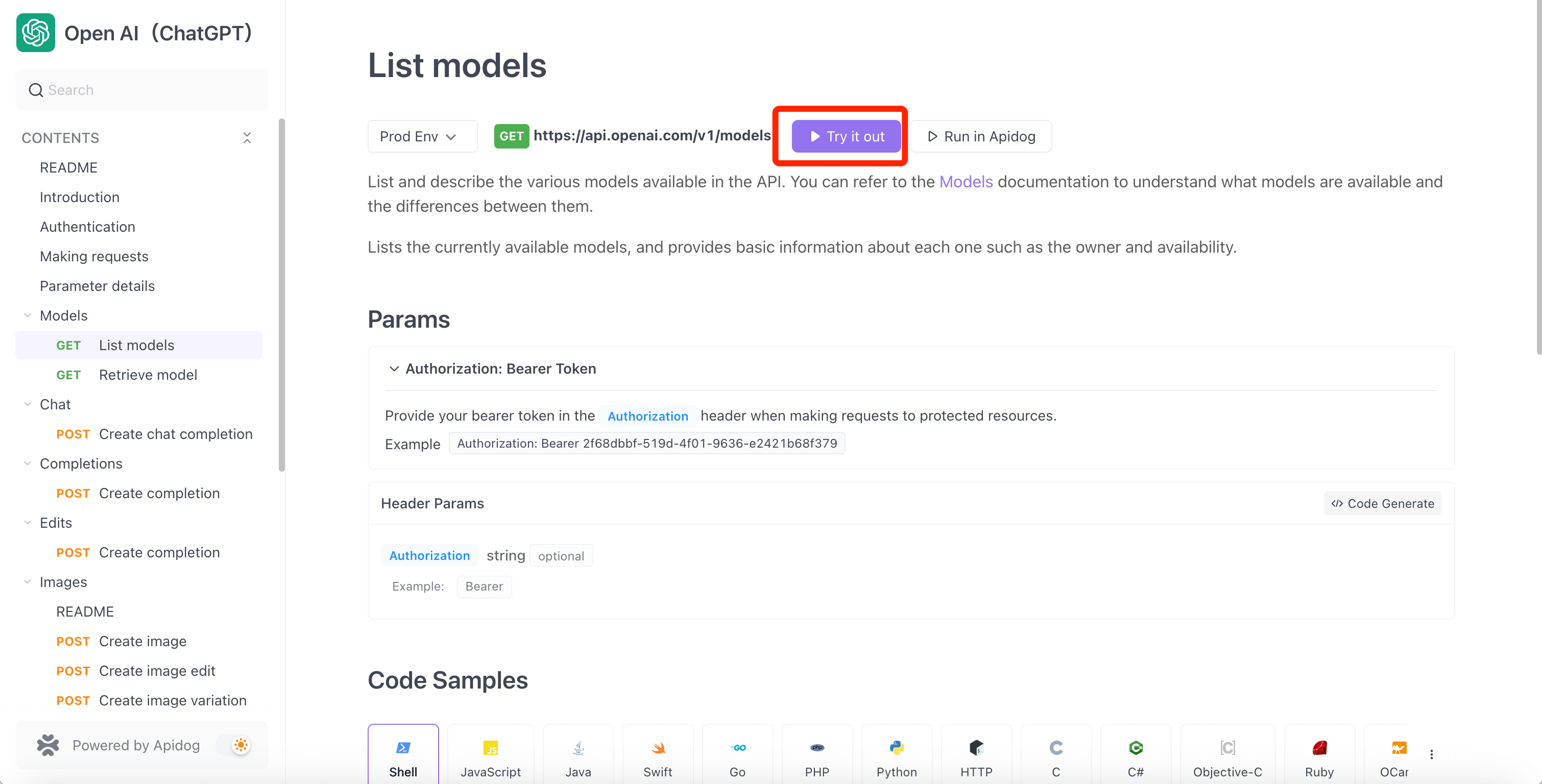Claude 2: A New Rival to OpenAI's GPT-4
Claude 2 has the potential to challenge ChatGPT's position. In the following sections, we will discuss what sets Claude 2 apart from its competitors.
The AI competition is becoming increasingly fierce, as evidenced by Anthropic's release of Claude 2 just several days after OpenAI's Code Interpreter GPT 4. In July 2022, Claude 2 was released, boasting improved conversational abilities and a deeper contextual understanding. This upgraded version features double the parameters (860 million vs. 430 million) of the original Claude model.
This update has introduced a new player in the AI field, and some say that Claude 2 has the potential to challenge ChatGPT's position. In the following sections, we will discuss what sets Claude 2 apart from its competitors.
What is Claude?
Claude AI, launched in April 2022 by Anthropic, an artificial intelligence safety startup, is an AI chatbot trained using Constitutional AI. Anthropic's mission is to create AI systems that are beneficial to humans while ensuring they avoid unintended harmful behaviors found in uncontrolled AI systems. To achieve this, Claude follows a set of safety rules inspired by sources like the Universal Declaration of Human Rights.
Unlike Character AI, which offers subjective opinions and distinct personalities, Claude AI aligns its goals and values with human preferences without adopting a specific visual avatar or personality. It shares similarities in style with Google Bard and ChatGPT, even positioning itself as a competitor to OpenAI's popular AI bot.
How to Use Claude 2
Claude 2 website: https://claude.ai
Registration and Login Claude AI
To use Claude AI, all you need is an email address, or if you happen to have a Google account, you can simply log in. Unlike OpenAI, which has many restrictions on account registration, Claude AI makes it easy for users to get started.

Once you log in, you can click " Start a new chat" on the chat window,


What sets Claude AI apart from ChatGPT is its support for file uploads. You can input a prompt and it will return results according to your input. Supported file types include pdf, txt, md, csv, and more.
Claude 2 Updates:
- Enhanced Outputs: Claude 2 focuses on providing helpful, honest, and harmless responses using Constitutional AI.
- Improved Conversational Abilities: Interaction with Claude 2 is more natural and clearer, with better explanations and a deeper contextual understanding.
- Advanced Capabilities: Claude 2 exhibits improved skills in encoding, mathematics, and reasoning, enabling it to generate longer and more coherent texts.
- Expanded Access: Users can now access Claude 2 through API and a new public-facing testing website, claude.ai.
- Performance Upgrades: Claude 2 achieved higher scores in various evaluations, including coding tests, academic exams, and red team assessments.
How to Call and test the OpenAI API online
The OpenAI API can be called and tested using the programming languages Python and node.js, as well as using the API management tool Apidog to directly call the OpenAI API online and test it online. You will be able to Apidog can test OpenAI APIs in a very convenient and intuitive way, so developers can use this tool to easily optimize their OpenAI APIs and ensure their stability and reliability. can.
OpenAI API is Now Available Online!
Apidog has an OpenAI API project. This project covers all APIs provided by OpenAI. Apart from it, you can also test, and debug your API easily. So, if you want to check each API provided by OpenAI, please visit the following page.
https://apidog.com/apidoc/project-370474

Visit the OpenAI API project on Apidog, you can refer to the following operating instructions to easily test OpenAI's API,
Step ⒈ Access the OpenAI API project page, select the API you want to use from the left menu, and click the " Try it out " button on the right panel.
Step 2. To use the API, you need to have access to OpenAI and get an API key, so you need to fill in the OpenAI API_KEY here.
Note: The environment variable YOUR_API_KEY is stored locally and will never be synced to the server.
Step 3. You can click the Send button to send the request to OpenAI's servers and get the response.
Also, if you need to customize your request more freely, you can click the "Run in Apidog" button to invoke the API management tool, where you can customize your request to your liking.



